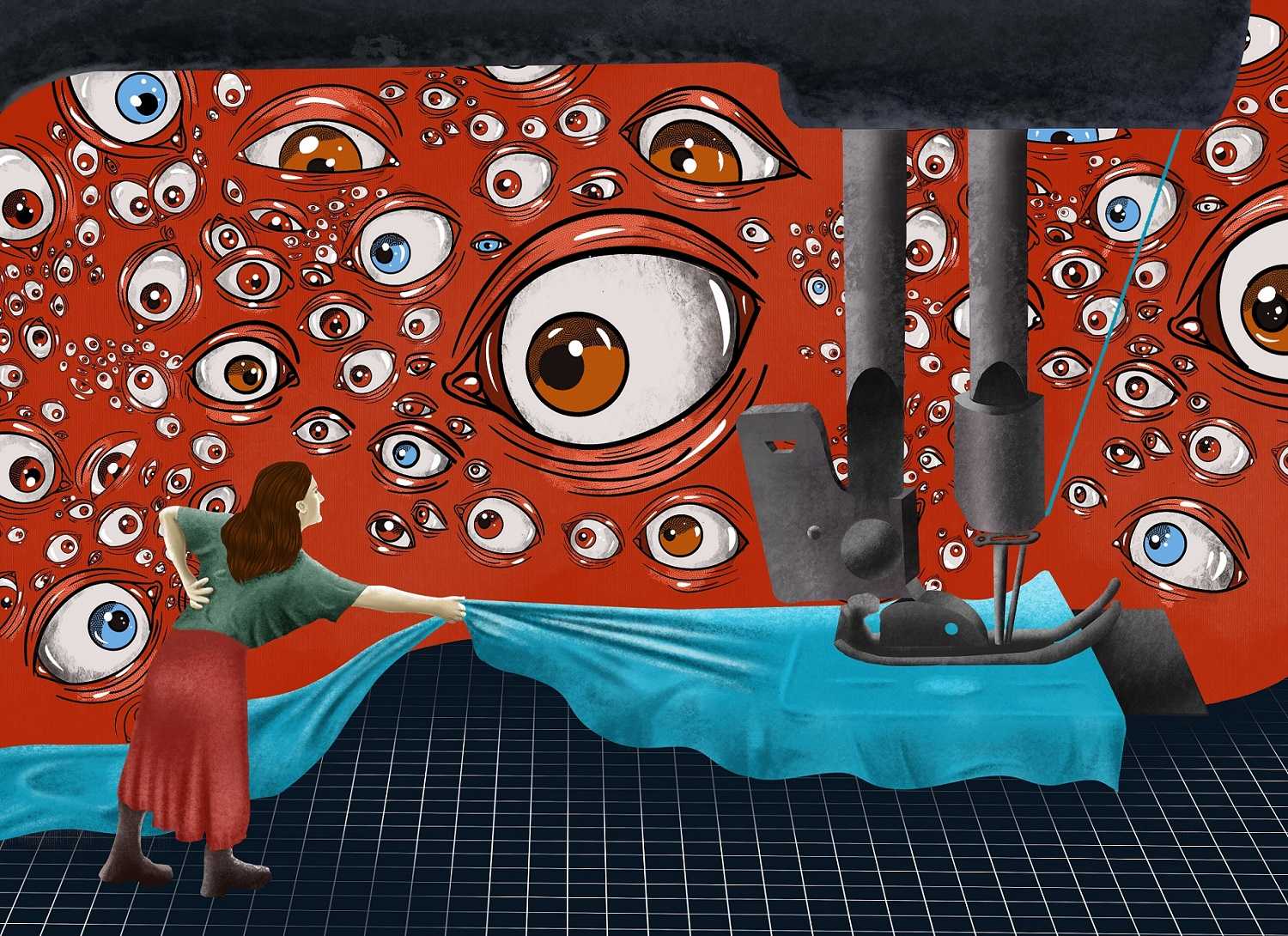
Inside Georgia’s textile industry: Part III — Control
Robots ferry containers of Nike shirts across the factory floor while plasma screen televisions drive workers to labour ever faster. In the third and final part of OC Media’s exposé on Georgia’s textile industry, investigative journalist Tamuna Chkareuli infiltrates a high-tech factory in Poti. [In this multi-part series, OC Media went inside Georgia’s factories for a first-hand account of the working conditions. Read Part I and Part II] Imagine you’re a woman in her forties from the indus








